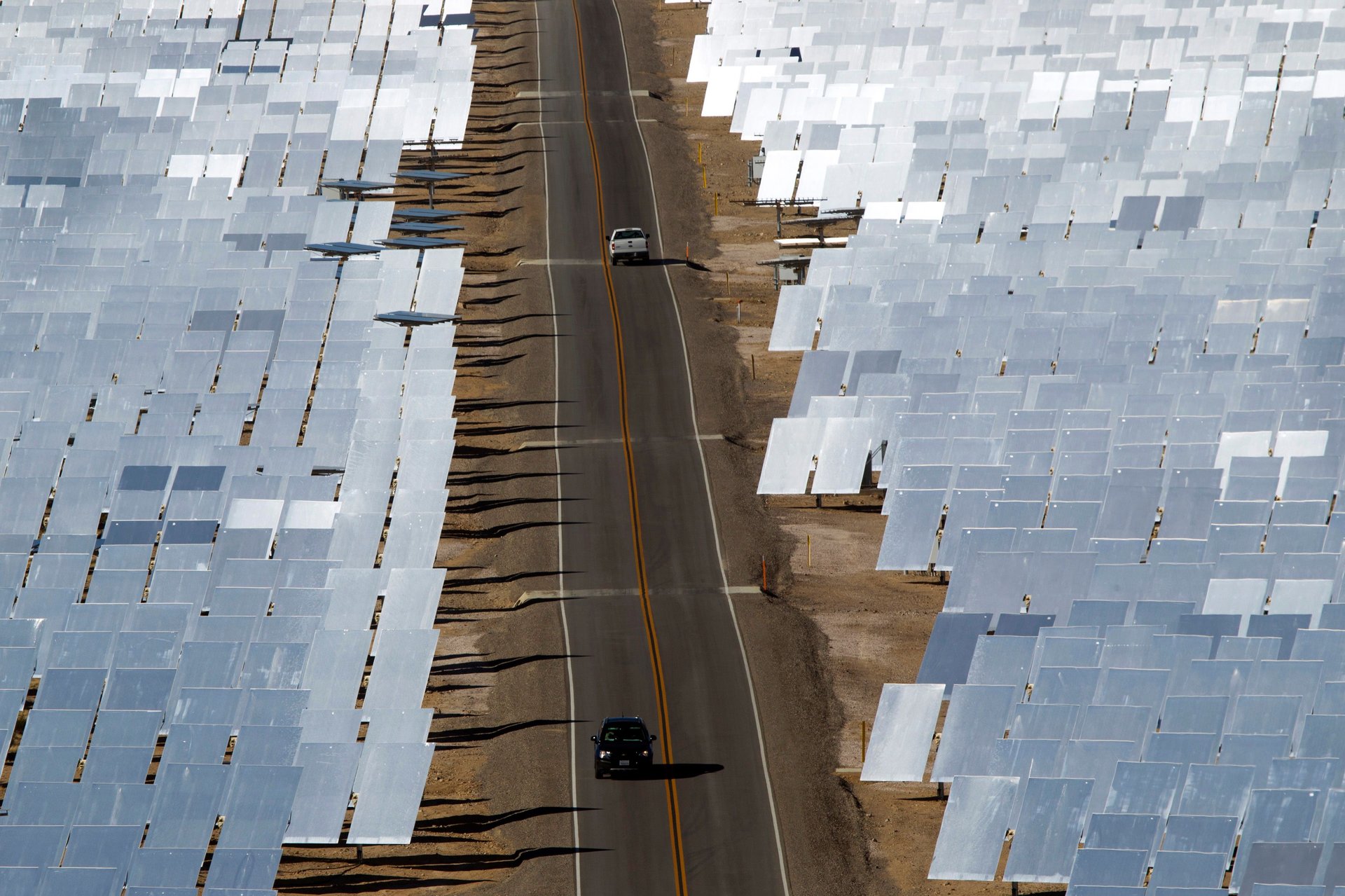Electric cars are finally taking a (tiny) bite out of combustion engine sales
California’s car buyers are shifting their loyalties from the internal combustion engine to electric batteries—but ever so slowly. Despite car sales declining in the Golden State since 2016, the number of electric and hybrid cars sold continues to rise. In the first half of 2019, sales hit 51,750 and 48,861, respectively. That’s a 40% increase for both over last year.


California’s car buyers are shifting their loyalties from the internal combustion engine to electric batteries—but ever so slowly. Despite car sales declining in the Golden State since 2016, the number of electric and hybrid cars sold continues to rise. In the first half of 2019, sales hit 51,750 and 48,861, respectively. That’s a 40% increase for both over last year.
Yet overall, the vast majority of car sales in California, one of the US’s most environmentally conscious states, remain gasoline-powered. Pure electric cars account for just 5.5% of California’s vehicle sales (or 13% when including all types of electrification), compared to 81% for petrol cars. But California is the US leader in electric vehicles (EVs). It plans to have 5 million zero-emission vehicles on the road by 2030 and accounted for about half of the 105,472 electric cars sold in the US in the first half of the year.
That’s worrisome for automakers banking on explosive EV growth to justify their billions of dollars in new investments. Growth in EV sales has been anemic in most states (just under 1% of US new-car sales on average), and modest but steady only in those with generous incentives and eager customers such as New York and California. It’s not yet the enthusiastic embrace that carmakers need to turn money-losing EVs into profitable endeavors as they retool their factories for the future. Only Norway, which has seen EVs account for 50% to 70% of new car registrations since 2018, has seen EVs dominate national car sales, but again that was the result of generous tax incentive and perks packages.
The brightest spot by far for EV sales is Tesla’s Model 3. The company’s new “mass-market” vehicle, which starts at $38,990 (before incentives), has proven to be a best-seller, outpacing standard sedans in its class such from the likes of BMW or Mercedes, and rocketing beyond the rest of the field. Whether other automakers can conjure the same magic as Tesla CEO Elon Musk for their own models remains to be seen.